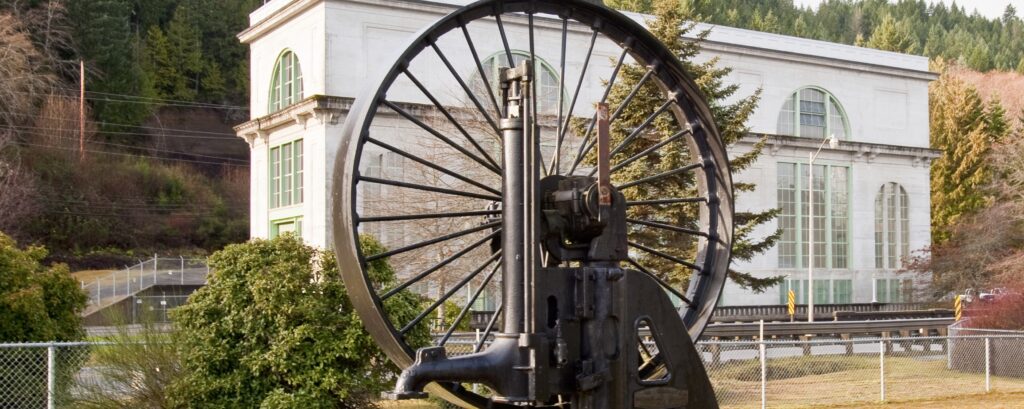By Craig Handy and Sebastian Silva
Companies typically purchase technology before they hire experts in using that technology. Though this is fine at first, over time this can lead to a Frankenstack — a cobbled-together collection of software, none of which is being used to its full potential.
Tech stack optimization is the process of ensuring that your tools and systems are working together, in alignment with your business goals, to drive revenue growth and avoid costly, debilitating tech debt.
In this article you’ll learn why tech stack optimization is important for growing companies and how you can get started.
Table of Contents
- Case Study
- Benefits of Optimizing Your Tech Stack
- Tech Stack Optimization Best Practices
- Why You Need an Adaptable Tech Stack
Case Study
One company we worked with acquired a collection of disparate technologies over the span of 18 months, and the ownership of those tools fell to whoever needed them at the time.
At first, the head of sales was responsible for their Salesforce instance. But as the team grew, he got busier and had to focus on actual sales, so ownership got passed down to a sales manager. Later, it shifted to a different sales manager on the team.
The buck kept getting passed around to folks who neither had the expertise nor the focus to properly set the right tone for sustained growth on the platform. Automations, triggers and new fields were added in a reactionary, haphazard way, and there was no documentation of how any of them worked. Third-party tools were added as well, sometimes with overlapping features.
Eventually, as the company approached the platform’s limits for adding new fields and using certain trigger APIs, some functionality stopped working. This ultimately drove people to say, “You know what, I’m just going to do this in a spreadsheet instead.”
It was unfortunate, because your tech stack should be propelling you into the future, not dragging you backwards. The success of your tech stack all comes back to good business architecture and having the right people with the right expertise working to ensure your tools drive your business forward.
Benefits of Optimizing Your Tech Stack
Tech stack optimization can help you:
- Control for costs
- Replace manual tasks
- Reach the right person at the right time in the right way
- Reduce complexity
Control for costs
Multiple overlapping tools, incorrect subscription tiers and underused functionality all contribute costs that are not associated with generating or enabling revenue growth. Having a clear understanding of how a tool works and how it helps you achieve your goals means that waste can be reduced.
Replace manual tasks
When your tech stack automates repetitive tasks, you enable your team to focus more on high-value activities. You can have a small team and make it feel like a big team, because your technology helps them be more productive.
Reach the right person at the right time in the right way
Design systems that help you interact with your customers better. You need to know who to reach, when they want to be reached and how they want to interact. Maybe one person is an email person while another prefers the phone, or one person likes webinars while another is a big social media user. Systems that can track and analyze these interactions help you determine the most effective next steps.
Reduce complexity
If you have complex customer relationship management (CRM) software, for example, you can’t find data easily or create accurate reports. An optimized tech stack can help new team members get up to speed quickly and make your existing staff more efficient.
Tech Stack Optimization Best Practices
Anyone who has worked with CRMs, for example, knows that some instances can be incredibly frustrating to use, while others look like a masterpiece where everything makes your job really easy.
How can you create that latter scenario across all your tools?
- Take a buyer-centric approach.
- Build logical processes.
- Build in an adaptable way.
1. Take a Buyer-Centric Approach
Buyer-centricity should guide everything you do as you design, build out and optimize your tech stack. Put yourself in your buyers’ shoes and ask yourself if your processes and systems make sense throughout the go-to-market (GTM) journey, from lead generation to closing the deal.
2. Build Logical Processes
Things have to make sense for users and customers alike. In your CRM, do the steps users have to take reflect your actual sales process and the customer journey?
3. Build in an Adaptable Way
Changes are going to be needed at one point or another. Your business is going to shift, and the markets are going to change.
You don’t want to be put in a place where, when you need to make a change, it requires a complete overhaul of all your systems, all the way down to the data layer.
Why You Need an Adaptable Tech Stack
The minute your technology starts dictating and constraining your business decisions, you’re in trouble. You need to be making decisions based on data, and your tech should enable that.
Tech stack optimization ensures that every single person in your company is utilizing data appropriately and getting the best benefits from it.
Revenue operations can help even the smallest companies optimize their tech stack and build a well-defined GTM strategy. Learn how in this video on our Fuel platform.






